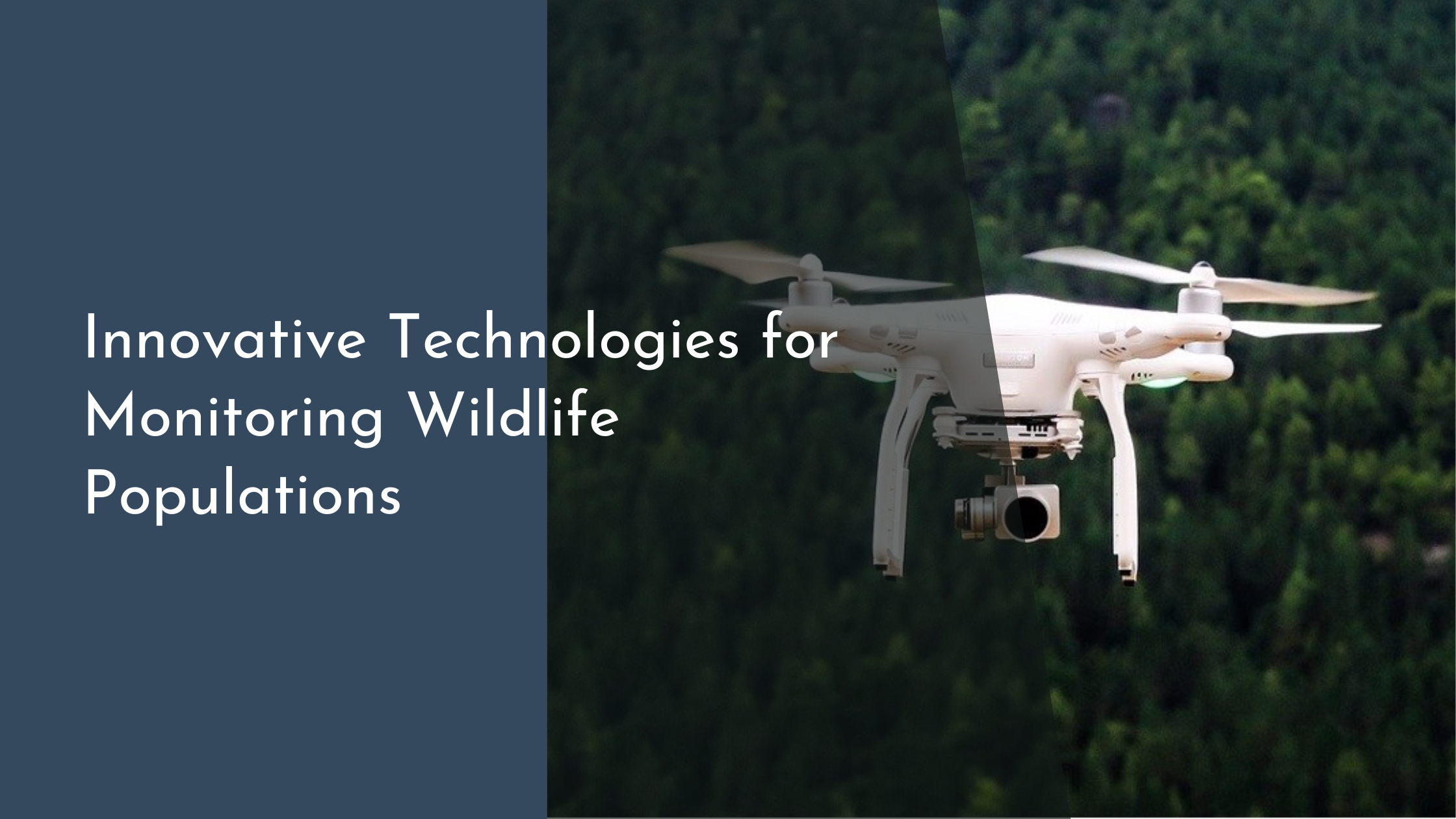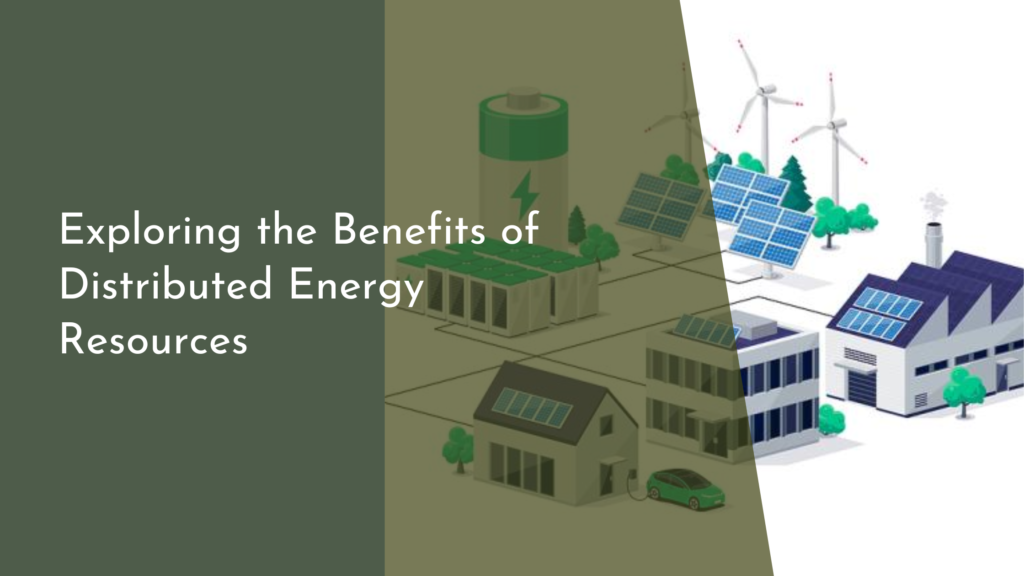Innovative Technologies for Monitoring Wildlife Populations
The preservation of wildlife and their habitats remains a critical global challenge. As human activities continue to impact the natural world, innovative technologies are stepping up to aid conservation efforts. From high-flying drones to AI-powered cameras and satellite imagery, these tools are revolutionizing how scientists and conservationists monitor and protect wildlife populations. This article explores five groundbreaking technologies reshaping the landscape of wildlife conservation.
Drones: A Bird’s Eye View on Wildlife Habitats
Drones have emerged as game-changers in monitoring wildlife. These unmanned aerial vehicles (UAVs) provide researchers with a bird’s eye view, offering unprecedented access to areas that are difficult or dangerous to traverse on foot. Drones can capture high-resolution images and videos of landscapes, enabling scientists to observe animal behaviors, track movements, and assess habitat conditions without disturbing the wildlife. The ability to quickly cover large areas makes them particularly valuable for monitoring species with vast ranges or those residing in remote locations.
In addition to their observational capabilities, drones equipped with thermal imaging cameras are transformative for wildlife conservation efforts. These cameras can detect the body heat of animals, making it easier to spot elusive and nocturnal species. Moreover, drones can be programmed to follow specific flight paths, ensuring systematic and repeatable surveys. The integration of drones into conservation strategies not only enhances data collection but also reduces the time and cost associated with traditional fieldwork.
AI-Powered Cameras: Smarter Wildlife Surveillance
The advent of AI-powered cameras has taken wildlife surveillance to a new level. These smart cameras employ machine learning algorithms to identify and classify various species automatically, minimizing human error and maximizing efficiency. Researchers can deploy these cameras in strategic locations to continuously monitor wildlife, capturing images and videos that provide insights into animal behaviors, population dynamics, and habitat use.
One of the significant advantages of AI-powered cameras is their ability to process and analyze vast amounts of data in real-time. This feature allows conservationists to quickly detect changes in wildlife populations and respond to potential threats, such as poaching or habitat destruction, much faster than traditional methods. Furthermore, these systems can filter out false positives, such as movements caused by wind or non-target species, ensuring that the data collected is both relevant and accurate.
Bioacoustic Monitoring: Listening to Nature’s Calls
Bioacoustic monitoring leverages sound to study wildlife, providing an invaluable tool for understanding the natural world. By placing recording devices in strategic locations, researchers can capture the vocalizations of various species, from birds and mammals to amphibians and insects. This method is particularly effective for monitoring species that are difficult to observe visually, such as those that are nocturnal or inhabit dense forests.
The data collected through bioacoustic monitoring are analyzed to identify species presence, abundance, and even behavioral patterns. Advanced software can analyze these audio recordings to recognize specific calls and songs, providing researchers with detailed insights into the biodiversity of an area. As technology continues to advance, bioacoustic monitoring is becoming more sophisticated, allowing conservationists to track changes in wildlife populations over time and assess the health of ecosystems.
Satellite Imagery: Mapping Wildlife from Afar
Satellite imagery provides a macro perspective on wildlife habitats, offering a comprehensive view that is invaluable for conservation planning and management. With the ability to cover vast expanses of land and sea, satellites help map habitats, monitor environmental changes, and identify potential threats to wildlife populations. This technology is especially beneficial for tracking migratory species and assessing the impacts of climate change on ecosystems.
The high-resolution images captured by satellites allow researchers to detect subtle changes in vegetation, water levels, and land use, which can have significant implications for wildlife. By analyzing this data, scientists can identify trends, such as habitat fragmentation or degradation, and implement targeted conservation strategies. Satellite imagery not only facilitates large-scale monitoring but also complements ground-based efforts, providing a holistic view of ecological health.
Embracing innovative technologies for wildlife monitoring is paving the way for more effective conservation strategies. Drones, AI-powered cameras, bioacoustic monitoring, and satellite imagery are just a few examples of how cutting-edge tools are enhancing our understanding of the natural world. By integrating these technologies into conservation efforts, we can better protect the planet’s biodiversity and ensure that future generations inherit a thriving, vibrant Earth. Let us celebrate these advancements and continue to innovate for the sake of wildlife conservation.


